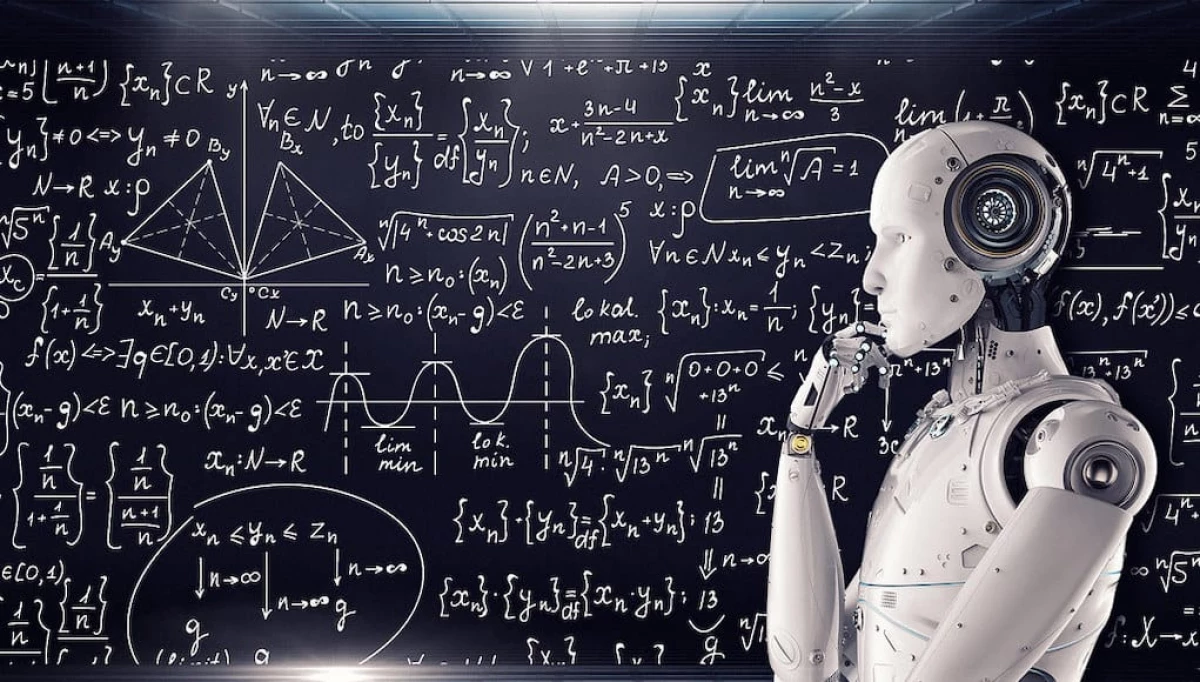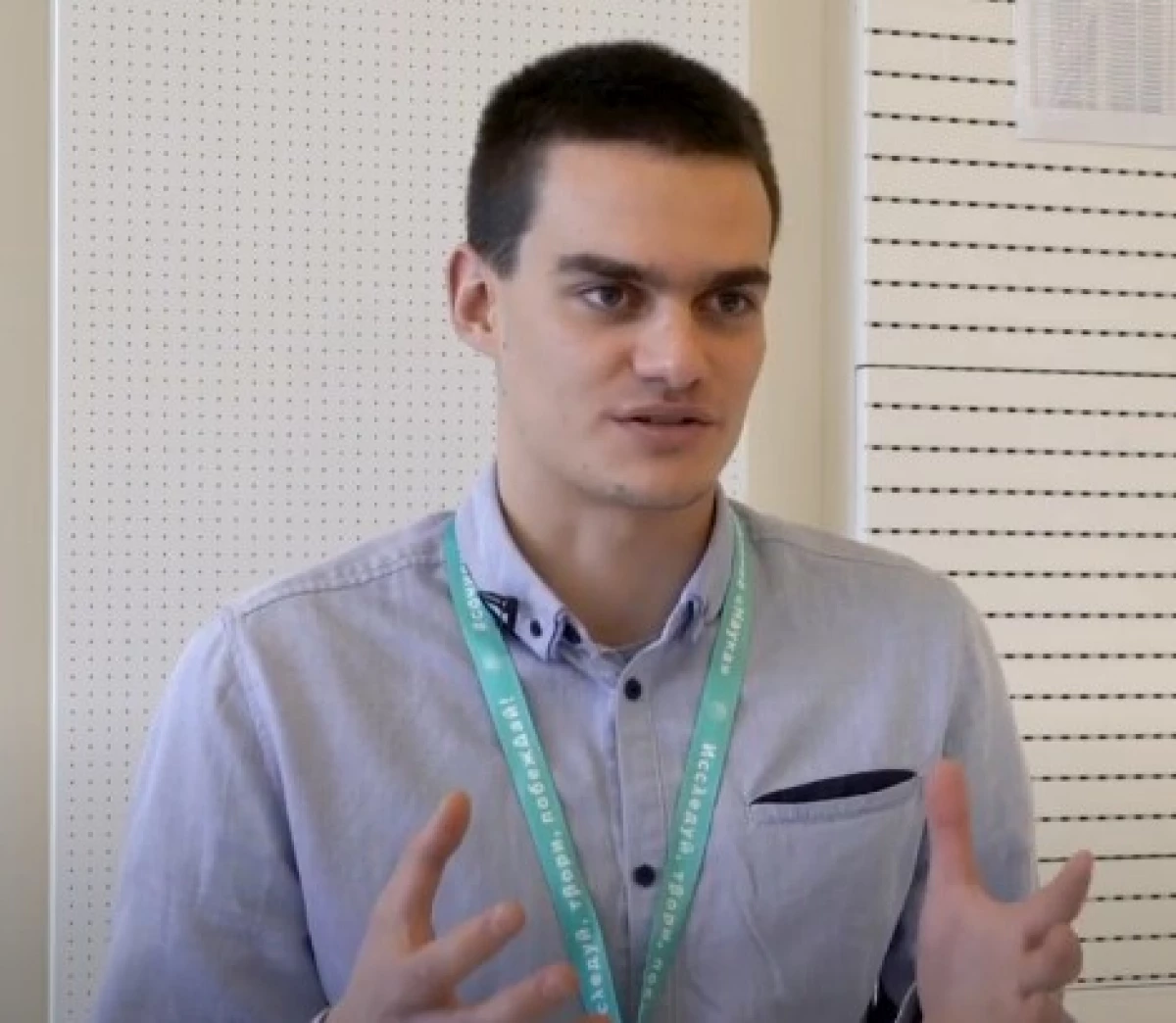"Big challenges-2020" is so ambitiously called one of the projects held in the second half of December in the Sirius educational center. In the course of this scientific and technological project program, high school students trained artificial intelligence. The guys were to teach the car to the next wisdom:
- Write news.
- Develop new drugs.
- Analyze the pictures of the CT.
- Study profiles of applicants in social networks.
Schoolchildren helped experts from University Innopolis, Yandex, Higher School of Management SPbSU, VTB Bank, Biocad. It is planned that the best offers will be implemented in practice.
Andrei Rasjorgorodsky, head of the "big data" director, the director of the Fiztech-School of Applied Mathematics and Informatics of MFTI, is specified that the session lasted 10 days. During this time, the guys have learned to work with various digital technology tools and will now be able to use their skills in the future at home.
The project provides for a separate direction "Big data, artificial intelligence, financial technology and machine learning". 28 eleventh graders from 18 regions of Russia were invited to work in it. These guys became finalists of the All-Russian competition of design and research work.

For participants in this direction, Yandex has formed a special order: to develop a program to generate news, so that modern editions can be used in daily work. VTB Bank and St. Petersburg State University also gave the task of Sirius schoolchildren. The guys must analyze social networks and based on the information received to make a portrait of a business school applicant.
Scientists puzzled schoolchildren with a complex wish: the guys should teach artificial intelligence to accurately predict with the help of computer modeling the structure of the molecular complex when creating new drugs. The car will have to find the most believable combinations and those that really exist in nature. The new method must be predicted how effectively the preparation created. Suggestions from high school students are supposed to be used in the Hedge Algorithm of Biocad.
Digital technologies based on artificial intelligence have become actively applied in the medical industry in many countries of the world. This was facilitated by the beginning of the coronavirus pandemic. Telemedicine technologies have shown the advantage of automating many processes, helped unload clinics and doctors from repeatedly increased loads, managed to provide high-quality remote medical care to patients.
Within the framework of the Scientific and Technological Project of Sirius "Big Challenges-2020", students participating in the program received a difficult task from the Rentgesologists of Russia. Doctors are asked to teach artificial intelligence to analyze medical images using computer vision and quickly and accurately find pathology in the lungs. The help and tips of the neurosette facilitate the operation of radiologists, reduce the time to process the pictures.
For such a variety of and complex problems, as receiving medical images, deep learning requires large data sets to achieve the required level of accuracy. The recommendations of artificial intelligence are usually very accurate. The results of the work will be uploaded to the Open-Source library, access to which will be discovered for specialists from all countries. Schoolchildren solutions can be tested and applied in practice if the development quality will arrange a user. Partner assistance to schoolchildren is provided by the Center for Artificial Intelligence of the University of Innopolis.
The project team employs six 11-grades from the Khanty-Mansiysk Autonomous Okrug, Sevastopol, the Khabarovsk Territory, the Republic of Bashkortostan, Tyumen and Kemerovo and regions. They are helped by experts from the center of Innopolis.

Semen Kiselev, Researcher of the Center for Artificial Intelligence of the University of Innopolis, a guiding project, said that the developers introduce children with methods of machine learning and computer vision. Popularization of mathematics, programming and machine learning methods will allow you to change the attitude to the opening opportunities of many who need this change. The project will encourage schoolchildren to become more active in studying the prospects for digital transformation of society, convincing them that it can lead them to more interesting and intellectually full-fledged life. The experience of working with neural networks leads to the choice of the future profession, allows you to touch the activities in the atmosphere of freedom, develops confidence in yourself and will provide children and adolescents the competences that they need in the future.
The guys show where in which areas they can apply the knowledge gained. Participants create such models and algorithms for analyzing the snapshots of the lungs, in which to neuralize self-progress to recognize pneumonia and other respiratory diseases, pneumothorax or tumor. Deep learning models can make predictions with almost unmistakable accuracy, however, since the internal logic of the model is difficult to uncover and interpret, the arguments in favor of why this decision is correct, often remain unallimy.

Since medical decisions may have incredible weight, many critically refer to the prospect of full automation. It is very important to remember that the car does not replace the doctor, but becomes his assistant and the adviser, in fact it is just the third eye for the doctor. AI is needed to optimize routine tasks, with its ubiquitous implementation deeply changes specialty with a strong visual component, such as radiology and pathology. Practitioners, including surgeons, are actively interested in developing and implementing such devices. AI is needed to optimize routine tasks, with its widespread introduction, specialty will change with a strong visual component, such as radiology and pathology. Practitioners, including surgeons, are actively interested in developing and implementing such devices.
The studied algorithms schoolchildren are tested on a large number of real medical pictures from real hospitals.
Young programmers must teach artificial intelligence to calculate the exact dimensions and location of pathological processes in the lungs, indicate the doctor on the anomalies of the organ. Materials for research The project participants are found in open sources, databases of these scientific articles of domestic and foreign medical universities. They check their algorithms on hundreds of genuine medical pictures from real LPUs, because access to relevant and sufficient data is of paramount importance in training algorithms of AI.
Danila Pechenev, eleven-grader from Kemerovo, says that he chose this task, because he already worked with machine vision. His project of a neural network, which recognizes the handwriting, became the finalist of the "big challenges" contest. And the work on the new task will allow you to learn advanced machine learning methods. Analysis of medical images today is an urgent task of applying neural networks. Technology is available, in most cases demonstrating high accuracy on checks for verification.

For the finalists of the project, good opportunities are opened for further development and self-realization. Many participants of the previous "big challenge" were enrolled in the largest universities of the countries and are actively working with specialists of the MFTI laboratories. University graduates lead projects throughout the entire training time and inform about achievements and developments in the global scientific press. Many ideas of participants of "big challenges" are already used in practice by partner companies.
